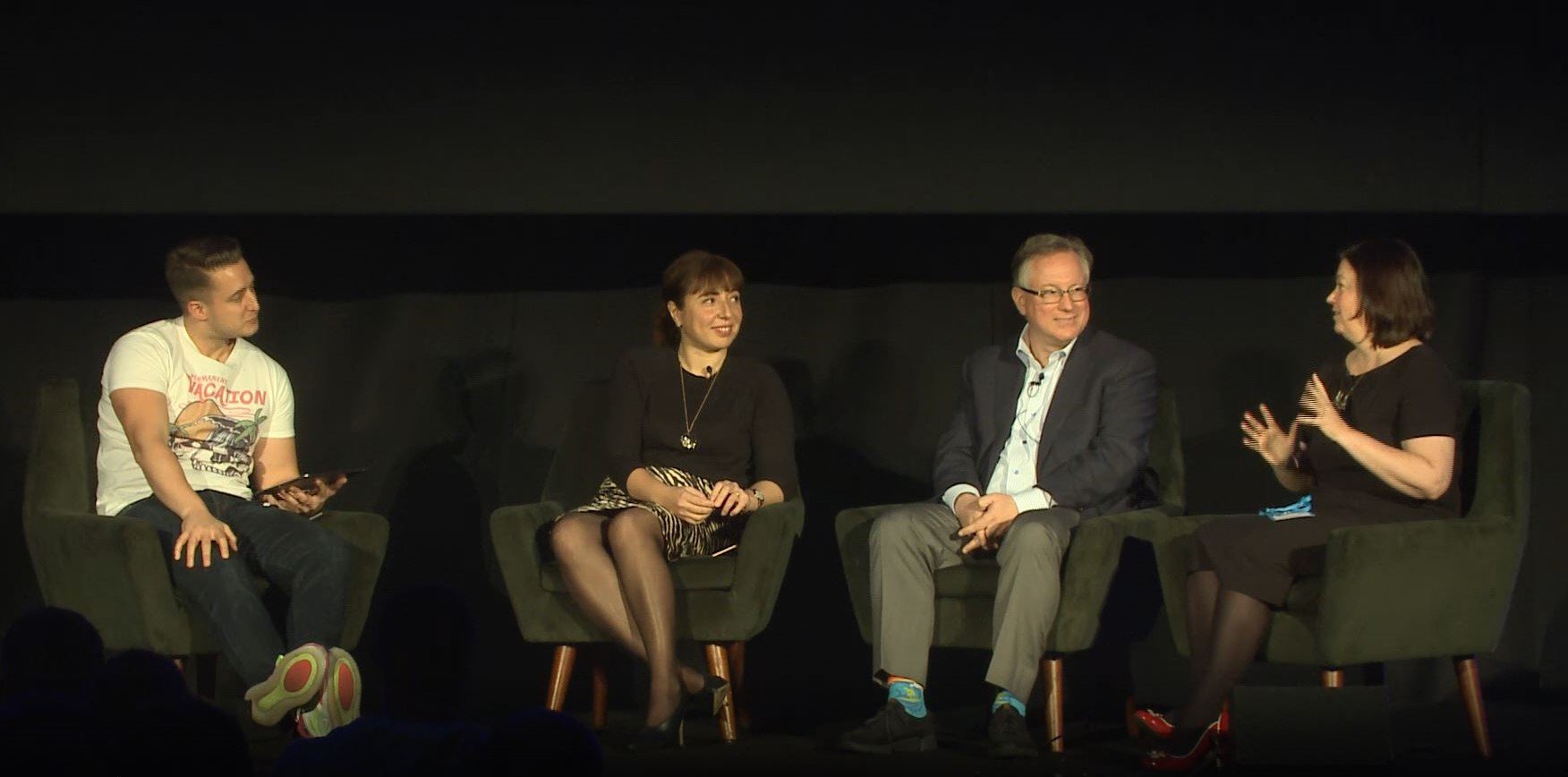If the boss thinks agile working means working from home a few days a month, then you’ve got a problem. That’s what Tamsin Anastasi-Pace, head of client solutions at Freshfields, told this year’s “Is agile always the answer” MarTechFest panel. It’s time to make sure everyone knows what we mean by ‘agile’. Our very own Carlos Doughty responded, succinctly, that it was “getting shit done and shit going wrong.” You could do worse.
There’s no doubt that agile is hot right now. It’s behind the responsiveness of challenger brands and a key driver of all the disruption traditional companies face, it’s only natural that leaders of these established – and somewhat stuck – brands are saying ‘get me some of that’.

Agile depends on what you want to do
But however hot and sexy agile might be right now, it’s not necessarily right for everyone. Even the godfather of martech himself, Scott Brinker, agreed that “it really depends on the things you want to do.”
Sinem Soydar, senior digital marketing manager at Vodafone joined Brinker and Anastasi-Pace in agreeing that agile has its place, it’s just that the place isn’t ‘everywhere, all the time’, and that defining where its boundaries are can be tough. “Agile is the best pace keeper with customer trends, but we couldn’t say where waterfall stops and starts.”
It can also depend on company culture
Anastasi-Pace acknowledged that a lot of the challenges in getting on board with agile are all in the mind, or at least the mindset. “Coming from an organisation where we were told, as long as we didn’t go over budget or screw up majorly, to a department were the tiniest decision is under Freedom of Information then you get into a very different way of thinking about it.”
Perhaps the biggest problem with agile is viewing it as an ‘either/or’ proposition when it’s simply not possible to be quite so binary these days. Brinker proposed that agile versus waterfall can be thought of in terms of a progression graph, or certainties versus dependencies in organisations.
Cost v certainty v deadlines
Referring to his presentation that morning he reiterated his rule of thumb: The more expensive the implementation, or the more dependencies it’s likely to have in the business, the more suited it is to a more structured, waterfall approach. In areas that are lower cost and low certainty, agile is often better suited.
Anastasi-Pace added that agile is also suited to being part of a larger project and has the advantage of getting you to critical mass much quicker than doggedly following process all the way through: “The two [waterfall and agile] aren’t mutually exclusive. If you’re running agile properly, you can find that at such and such date, you have achieved a certain amount. Then you have these check-ins to keep it on track.” She stressed that not having any deadlines at all defeats the purpose, and that there still has to be a plan of action. “When you’re launching something for example, you can’t have a system where you just decide to launch next week instead. That doesn’t work in the real world.”
Using agile to react to competitive threat
Agile is particularly useful in the creative development process in a fast-moving, competitive landscape. Soydar added: “When we see a new approach coming from a competitor, in creating reply back campaigns and sending the brief to the agency – trying to get approval from the head of something is so complex you can’t even start the campaign and you don’t have time to test it. Agile brings autonomy.”
The panel concluded that agile without boundaries is simply chaos. Those who can’t get along with agile have generally misunderstood that it can’t just be left to run wild. But with regular review, a willingness to be flexible and above all, a plan, agile may not always be the answer but it’s a good long way towards solving the problem.
#MarTechFest may be over for another year, but there are still plenty ways of getting hold of great insights like these across the MarTech Alliance website. Check out the 4Ps of Marketing Technology which looks into just how you can structure your marketing operations to get martech under control, and much more besides.
